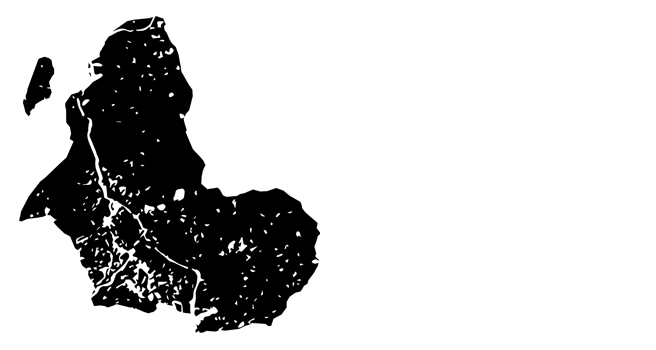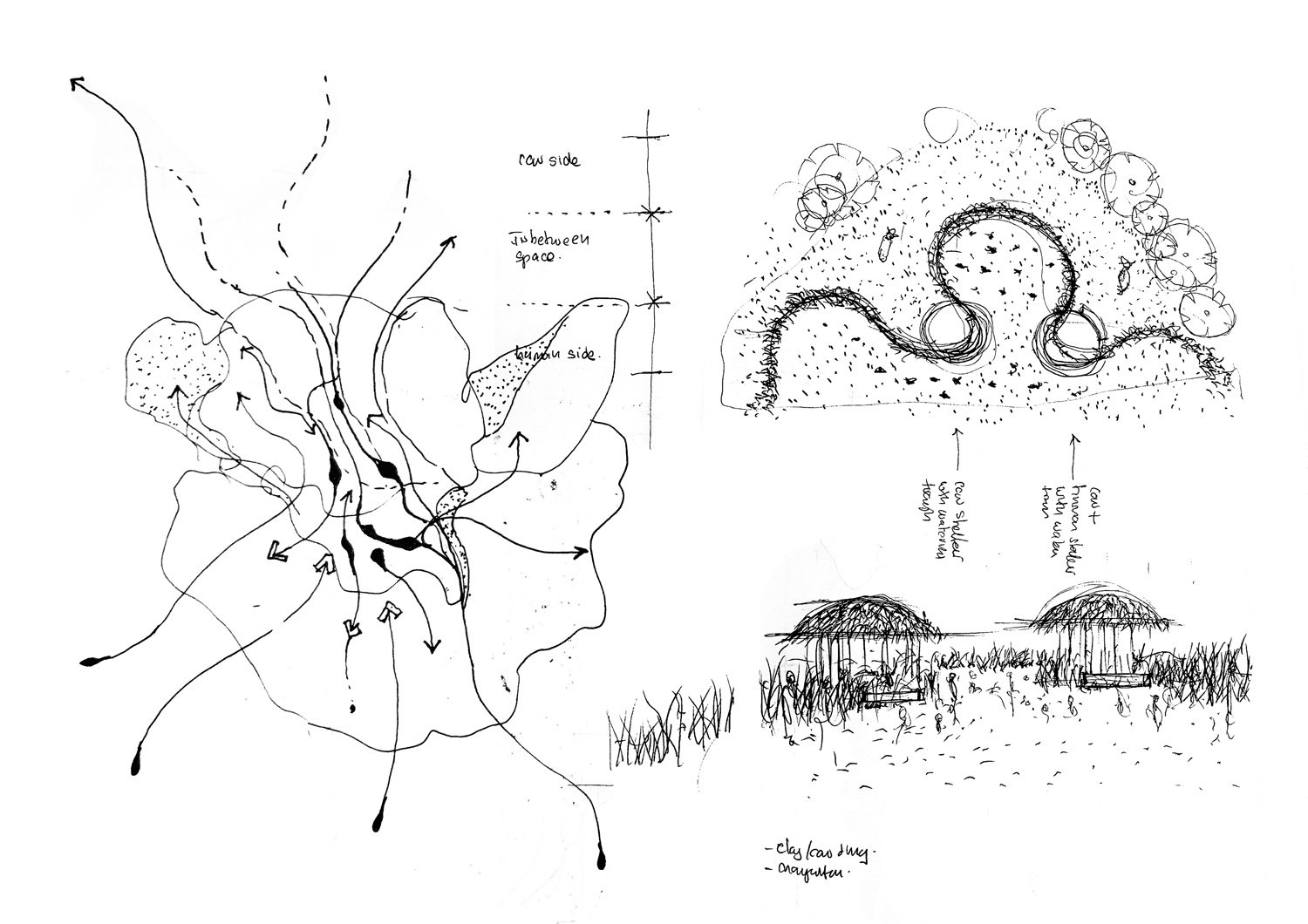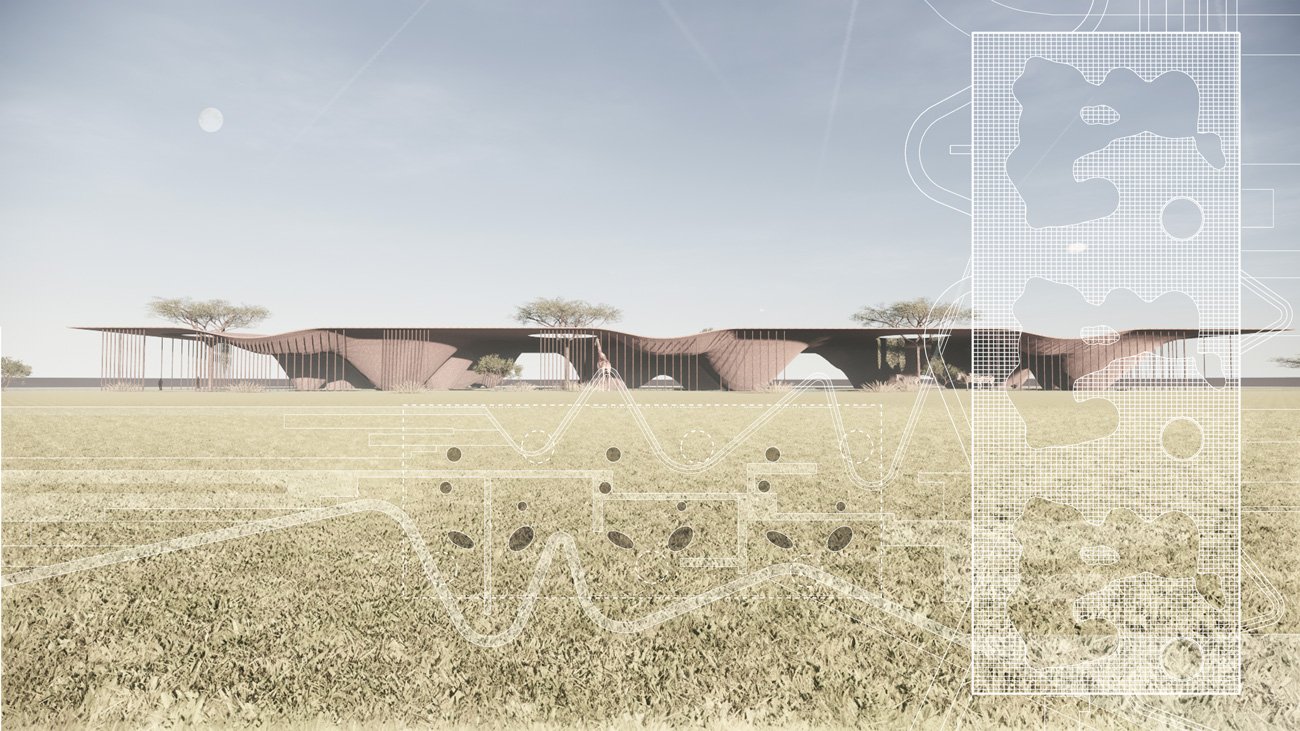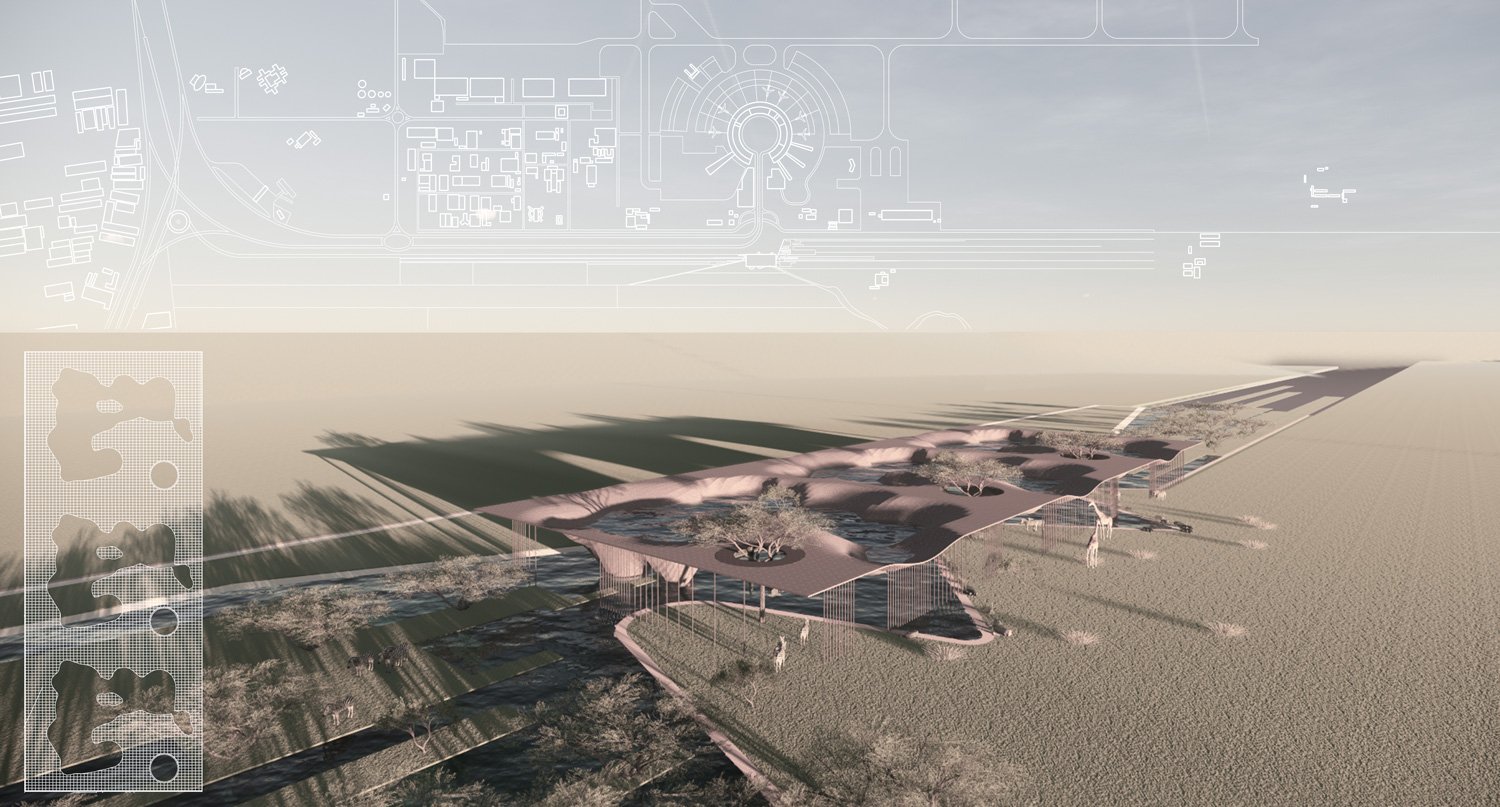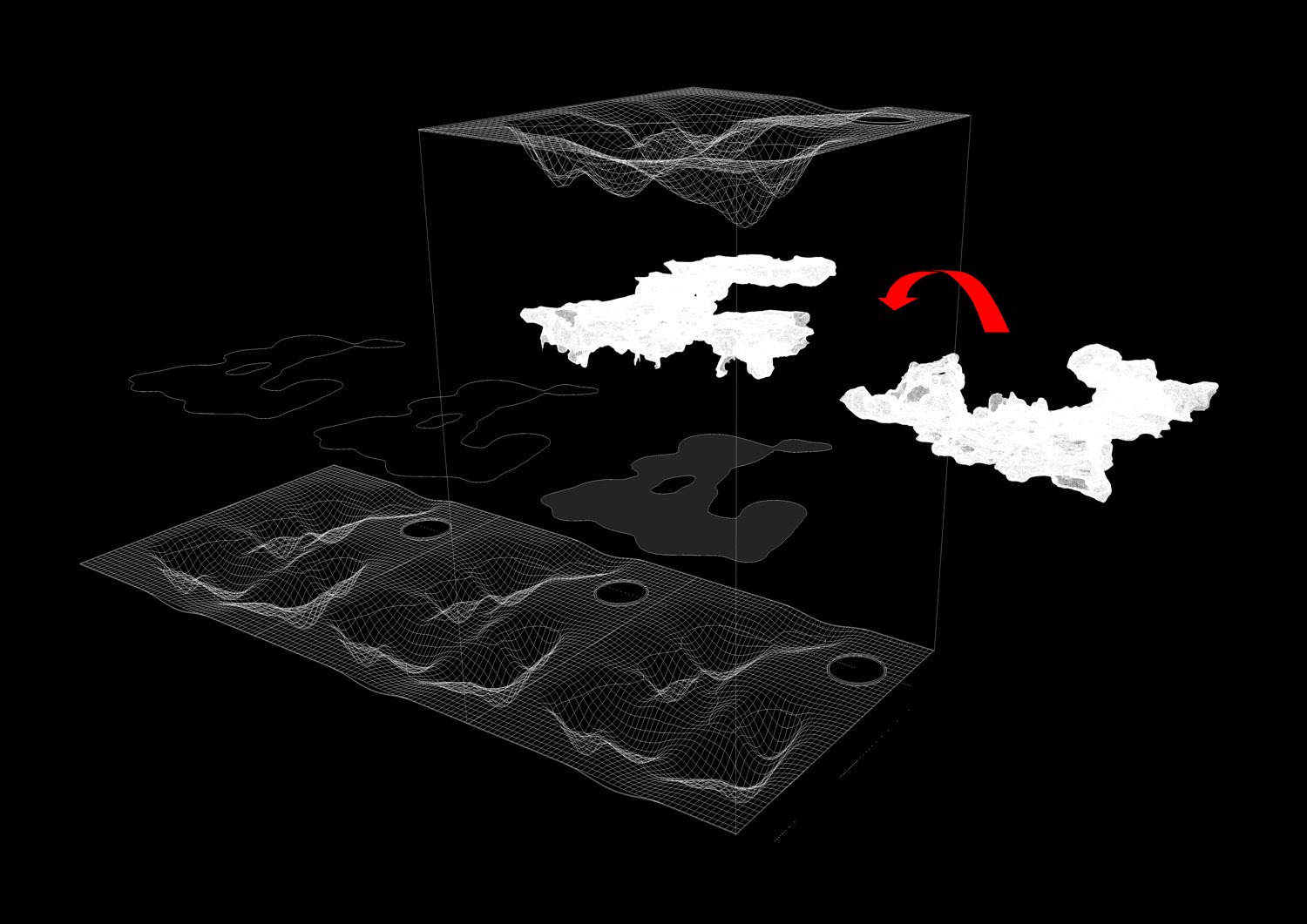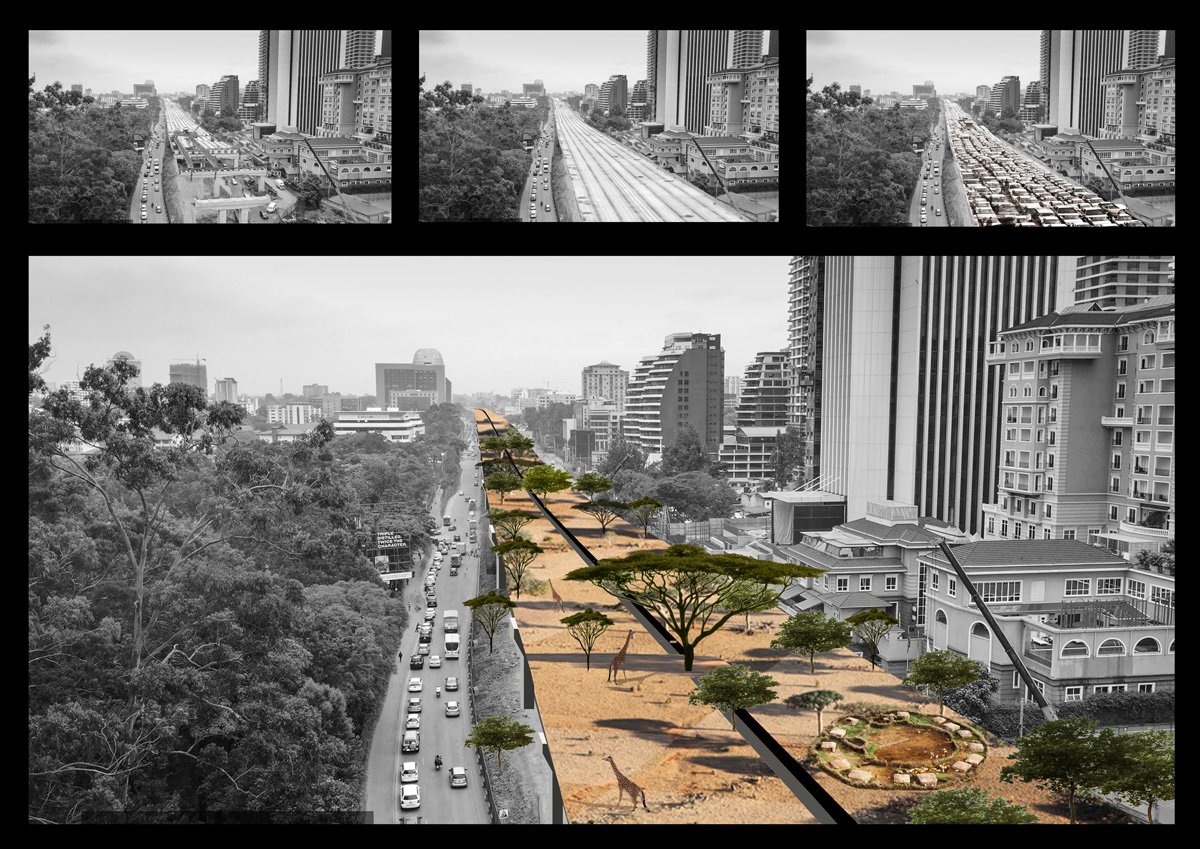ANTHROPOCENE MUSEUM 4.0 | Cow corridor
As part of a four day digital festival, run by Dezeen in 2021, we were invited to present a manifesto that can change the world over the next 15 years. For this we focused on the Maasai people in Kenya, who were the first inhabitants of Nairobi city, which they called Enkare Nyrobi meaning ‘the place of cool waters.’ In discussion with two Maasai community members, Dorcas Sasine and Emily Lankenua, who live on the outskirts of Nairobi, we developed a vision of a time when the Maasai would be allowed to herd their cattle through Nairobi, on their ancestral lands, without being harassed or arrested – a remnant of past colonial city bylaws. This project is built on a resistance of the anthropogenic histories of imperialism and colonialism in Kenya that has dislocated people from the natural systems and processes on earth to the detriment of the majority of city dwellers.
From an architectural perspective, as Edward Ihejirika has said, the modern movement denied the primacy of language and representation, reinforcing the colonial project through the international style. The Cow Corridor presents a counter-reality to address these states of dysfunction and imposed urbanism through what we call a remedial act of reverse futurism. The project provides a rural-urban infrastructure where the Maasai can graze their cows in the city, which includes a network of routes intertwined with tourist pathways, designated grazing zones, watering holes, salt licks, veterinary clinics and Maasai market trading zones.
MMRS - Maasai migratory reservoir structure
The MMRS shade foliage and rainwater collectors are developed using the reversed geometries of the Shimoni caves of the enslaved. Here we contemplate the theoretical and practical return of our species to an origin that is and always was beyond carbon neutral. To realise this project we propose the establishing of BRIT, the Benevolent Reparations Institute, an imagined institution in the making, fuelled to creatively attract the return of stolen wealth through the arts, for people of the global majority, without total reliance on the waning guilt of past imperial and colonial powers.
AM. 4.0 Cow corridor short film
The proposed cow corridor map of Nairobi focuses on adapting the existing infrastructure of road, railway, and airport reserve land within the city for the Maasai during the seasonal droughts when they migrate in search of greener pastures. We imagine a new landscape infrastructure of refuge to accommodate them during these journeys. While designating the appropriate livestock transit routes and centres, the new MMRS - Maasai migratory reservoir structures are geological makers in their own right, built of 3D printed clay and carbon neutral concrete, set within a renewed soft landscape of resilient red oats savannah grass, that substitutes the expensive manicured lawns of foreign green grass currently planted in the city.
